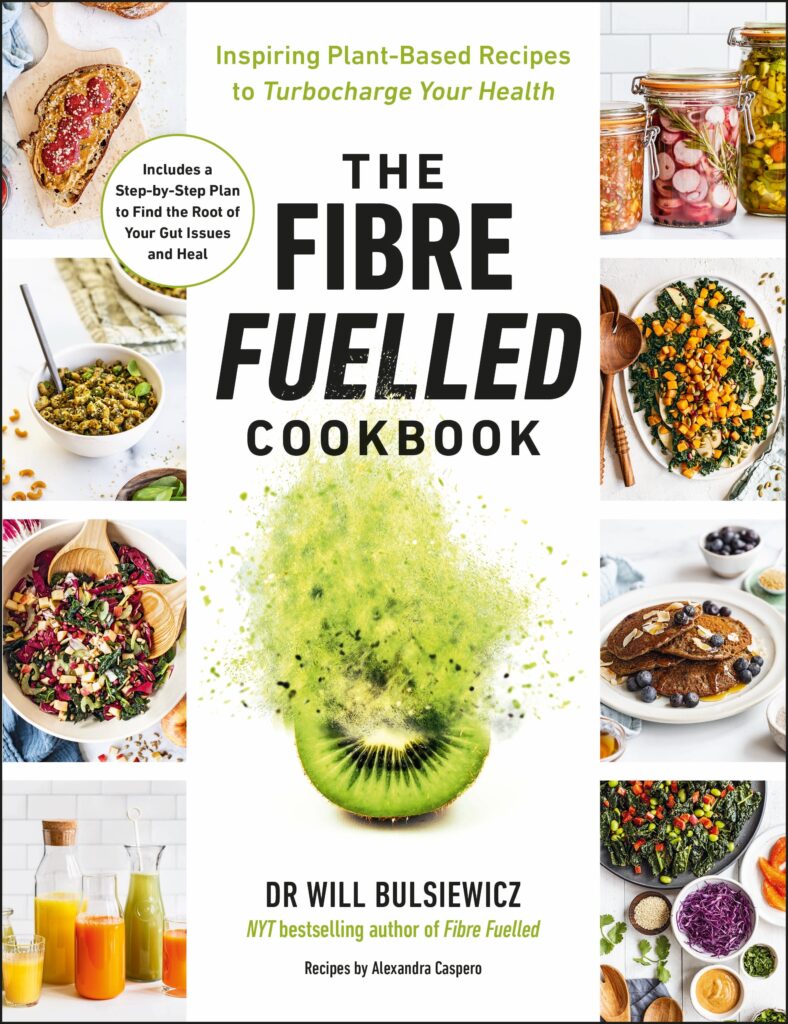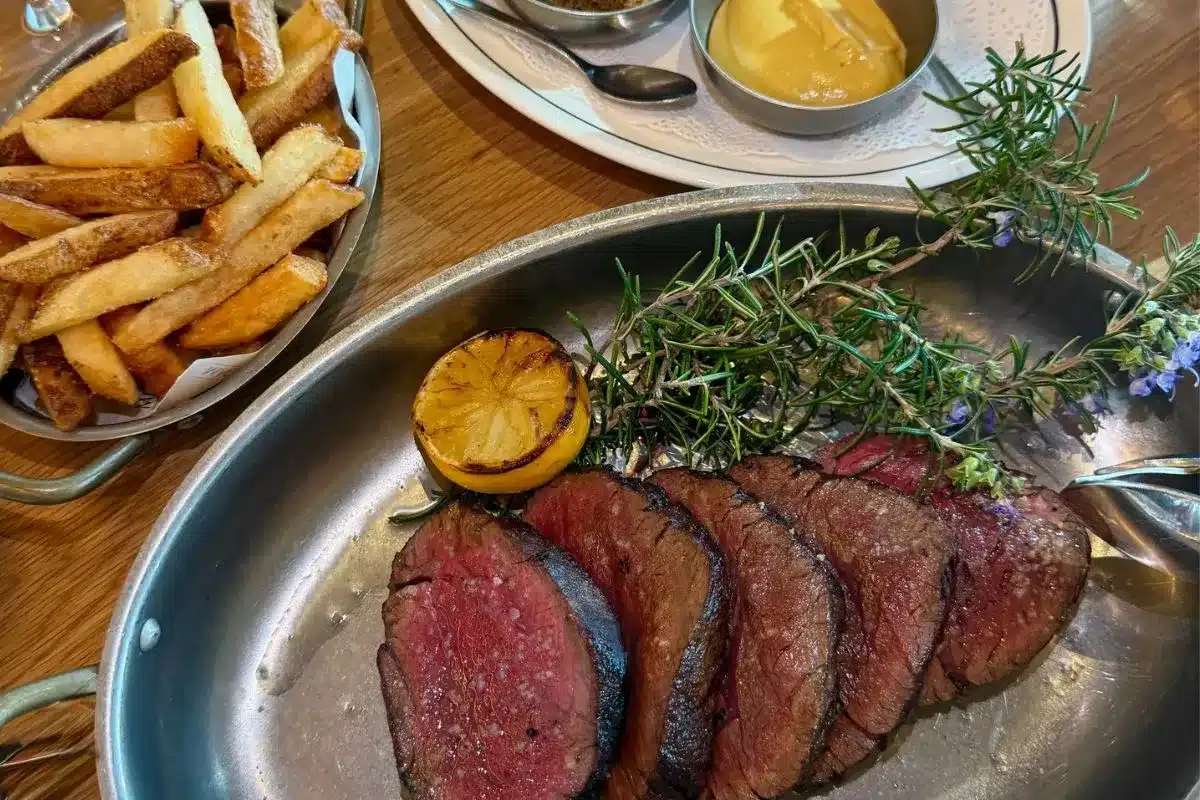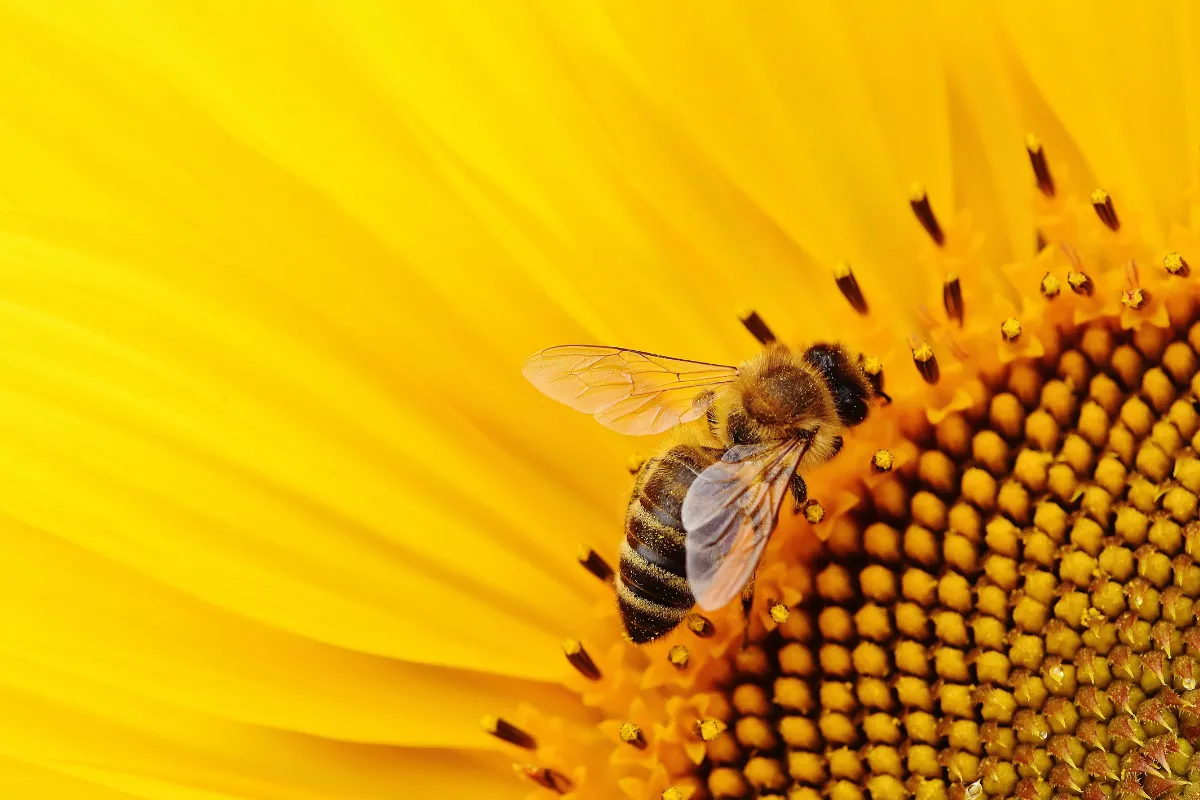How much do you know about dietary fibre? This key component of a healthy diet keeps our digestive system running smoothly and yet most Australian’s aren’t consuming enough. In fact, on average, we’re only at 50% of the recommended daily intake. Dr Will Bulsiewicz, author of The Fibre Fuelled Cookbook, is on a mission to change this, and improve how much we all know about this gut-health game changer.
We asked Dr Bulsiewicz to share some tips on getting regular fibre and the foods to choose for fuelling digestion.

How fibre works
If you think fibre simply goes in the mouth, sweeps through the intestines, and then launches out the other end like a torpedo, my friends, you have been sold a boring story about something incredibly exciting.
While it is true that, as humans, we lack the enzymes to digest fibre, not all fibre comes out the other end. That’s where your microbes come in.
They have the specialised enzymes that we humans lack. Their presence in your colon turns you into a superhuman with the ability to deconstruct your fibre.
In doing so, they create powerful anti-inflammatory molecules – short-chain fatty acids (SCFAs) acetate, propionate, and butyrate.
These SCFAs are the medicine our bodies crave. They immediately get to work right there in
the colon. They enhance the growth of the good-guy bacteria like lactobacilli, bifidobacteria, and prevotella.
They directly suppress bad-guy bacteria like E. coli and salmonella. Butyrate serves as
the principal source of energy for healthy colon cells. They increase the expression of tight junction proteins lining the colon, reducing intestinal permeability, and effectively reversing ‘leaky gut’.
Beyond the colon, SCFAs inhibit inflammatory, signalling molecules and activate regulatory
T cells to optimise the immune system. They reduce blood pressure, lower cholesterol, enhance insulin sensitivity, and activate satiety hormones to let us know when we are full.
Why it’s so important
Let me tell you about my favourite fibre study of all time, published by Dr Andrew Reynolds in The Lancet on 2 February, 2019.
This is the highest-quality study done to date to examine the effects of dietary fibre on human health.
So, what were the effects? Those who consumed more dietary fibre:
- Lived longer.
- Were less likely to have a heart attack.
- Were less likely to die of heart disease, our number one killer.
- Were less likely to be diagnosed with colon, oesophageal, or breast cancer.
- Were less likely to die of cancer, our number two killer.
- Were less likely to have a stroke, our number five killer.
- Were less likely to be diagnosed with type 2 diabetes, our number seven killer.
- Lost weight during clinical trials.
- Reduced their blood pressure during clinical trials.
- Lowered their cholesterol levels during clinical trials.
More fibre means fewer problems.
Top tips for amping up fibre in your diet
It sounds simple enough – make plants and plant-based diversity the centrepiece of your diet. But it’s easier said than done.
For starters, 95 percent of us are not even getting the minimum recommended amount of fibre in our diets.
The average daily adult fibre intake is 15.6g in women and 18.6g in men while the minimum recommended amount is 25g per day for women and 38g for men.
“We’re not consuming fibre, and our epidemic diseases reflect that. It is our most pressing, most important nutrient deficiency.”
We are the most fibre-deprived society of the modern era, and there are no signs of that letting up.
If you’re searching for the root of our issues, look no further than the standard [Western] diet. According to US Department of Agriculture estimates, 32 percent of our [kilojoules] come from animal foods; 57 percent from processed plant foods; and only 11 percent from wholegrains, beans, fruits, vegetables, and nuts. Among that 11 per cent, the number one item is potatoes from French fries and chips.
We’re not consuming fibre, and our epidemic diseases reflect that. It is our most pressing, most important nutrient deficiency. Simply put, we need more plants in our diet.
10 high-fibre foods
- Beans
- Broccoli
- Berries
- Avocados
- Popcorn
- Wholegrains
- Apples
- Dried fruits
- Potatoes
- Nuts
This is an edited extract from The Fibre Fuelled Cookbook by Dr Will Bulsiewicz
Food photography by Ashley McLaughlin and Margaret Wright.
The Fibre Fulled Cookbook by Dr Will Bulsiewicz
Penguin Random House Australia, RRP $45









